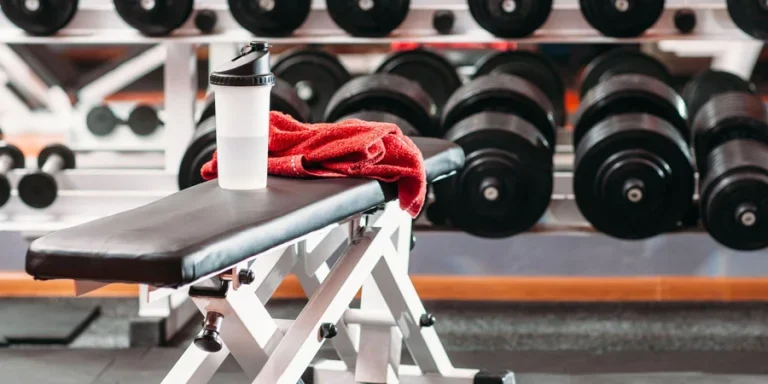Table of Contents
Introduction
Weight Bench Market Overview
Key Considerations When Selecting a Weight Bench
Conclusion
Introduction
In the dynamic world of strength training, having the right equipment is crucial for achieving your fitness goals safely and effectively. As we step into 2024, the humble weight bench remains a cornerstone of any well-equipped home or commercial gym. With a myriad of options available in the market, selecting the perfect bench can be a daunting task. This comprehensive guide aims to demystify the process, helping online retailers navigate the latest trends, key considerations, and top picks to elevate their customers’ strength training game.
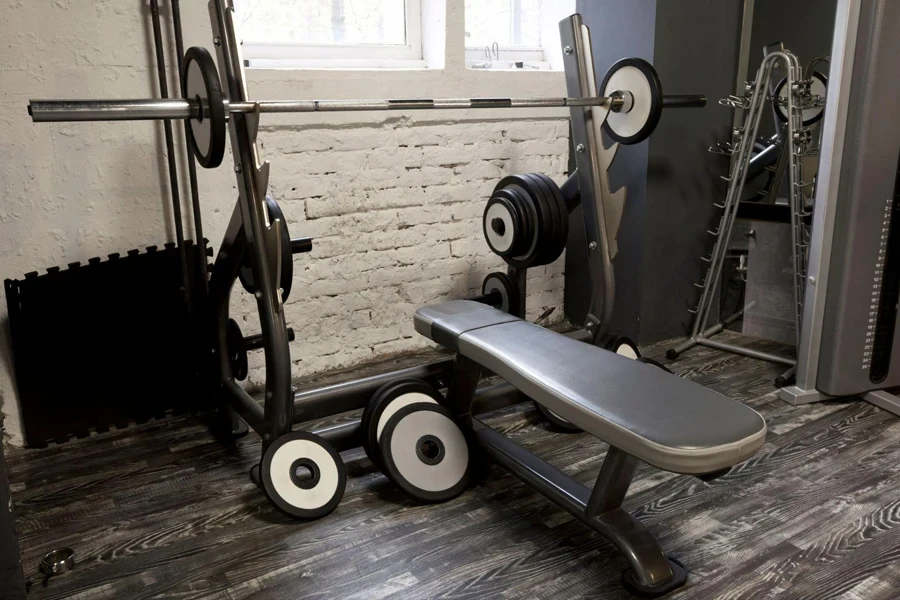
Weight Bench Market Overview
The global weight bench market has witnessed steady growth in recent years, driven by increasing health consciousness and the rising popularity of home gyms. In 2023, the market size reached approximately USD 680 million and is projected to grow at a CAGR of 3.5% from 2024 to 2031, potentially reaching USD 850 million by 2031. The market is segmented based on bench type (flat, adjustable, Olympic, and specialist), material (metal, wood, and others), distribution channel (online and offline), and region. North America holds the largest market share, followed by Europe and Asia-Pacific. Key players in the industry include Rogue Fitness, Bowflex, Titan Fitness, and Rep Fitness, among others. As technology advances, the market is seeing a trend towards smart, connected benches with integrated sensors and companion apps, offering personalized training experiences and real-time feedback.
Key Considerations When Selecting a Weight Bench
Types of Weight Benches
There are several types of weight benches available for strength training and weightlifting exercises:
Flat Weight Benches: Flat benches are the most basic type, consisting of a padded horizontal surface supported by sturdy legs. They allow for exercises like bench presses, dumbbell rows, and tricep extensions. Flat benches offer stability but limited adjustability.
Adjustable Weight Benches (FID):Adjustable or FID (Flat, Incline, Decline) benches allow you to change the angle of the backrest to perform exercises at different inclines. This versatility targets various muscle groups like chest, shoulders, and abs. Adjustable benches are great for a well-rounded home gym workout.
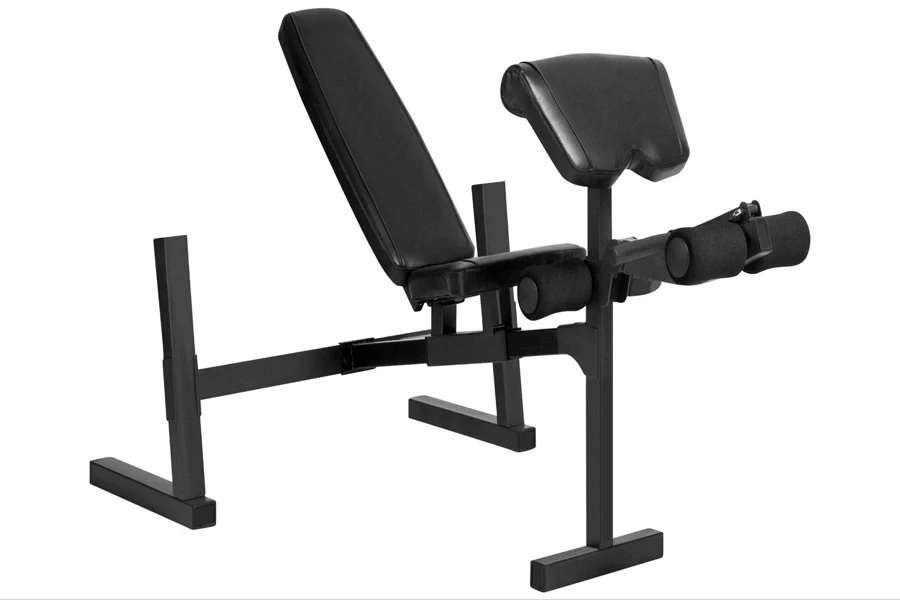
Olympic Weight Benches: Olympic benches are wider, sturdier, and designed to handle heavy Olympic barbells and weights. They often include features like leg supports and safety catches, making them ideal for serious weightlifters and powerlifters.
Specialist Weight Benches:
Specialist benches are designed for specific exercises or muscle groups, such as:
– Preacher curl benches for biceps
– Abdominal benches for core workouts
– Leg extension/curl benches for quadriceps and hamstrings
Adjustability and Versatility
Here are the key points on how to adjust and use a weight bench for different exercises:
Adjusting the Back Pad
1. Locate the adjustment pin, usually on the side or back of the bench.
2. While lifting up slightly on the back pad with one hand, pull out the pin with the other hand. This will allow you to move the back pad.
3. Position the back pad at your desired angle – flat, incline, decline, upright etc. Common angles are 0°, 15°, 30°, 45°, 60°, 85°.
4. Release the pin and it will lock into the nearest adjustment hole to secure the pad angle.
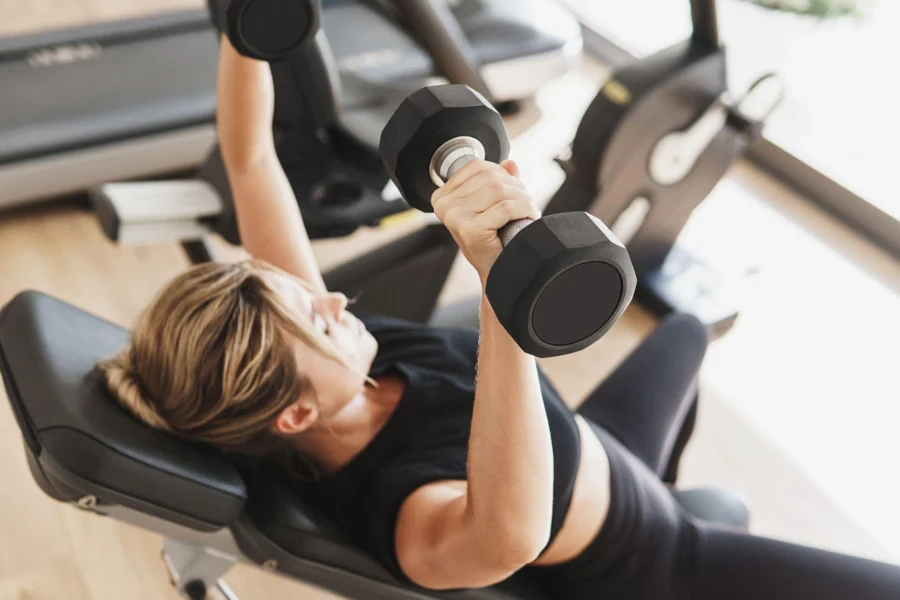
Adjusting the Seat Pad
1. Locate the seat adjustment lever, usually on the side or underneath the seat pad.
2. Pull out the lever/pin while lifting the seat pad slightly.
3. Slide the seat pad forward or backward to your desired position.
4. Release the lever/pin to lock the seat pad in place.
Using the Bench
– Flat Bench: Use for bench presses, dumbbell rows, tricep extensions etc. to work chest, back and arms.
– Incline Bench: Incline presses and flies to focus on the upper chest and shoulders.
– Decline Bench: Decline presses and flies to target the lower chest.
– Upright Bench: Shoulder presses, military presses to work shoulders and arms.
Adjust the back pad and seat pad angles based on the specific muscle groups you want to target during your workout. Some benches also have leg rollers that can be adjusted for decline exercises or leg raises to work the core. Be sure to check that all adjustable parts are securely locked in place before using the bench with weights. In addition, most benches have wheels on the front or rear legs. Tilt the bench slightly and roll it to reposition as needed in your workout space.
Weight Capacity and Durability
When selecting a weight bench, two crucial factors to consider are its weight capacity and durability. The weight capacity indicates the maximum load the bench can handle, including the user’s body weight plus any weights or barbells used. For home gyms, a capacity of 600-800 lbs is typically adequate, while commercial settings might require benches that can support over 1000 lbs. It’s essential to choose a bench with a capacity that exceeds your body weight plus the maximum weight you intend to lift to ensure safety and longevity.
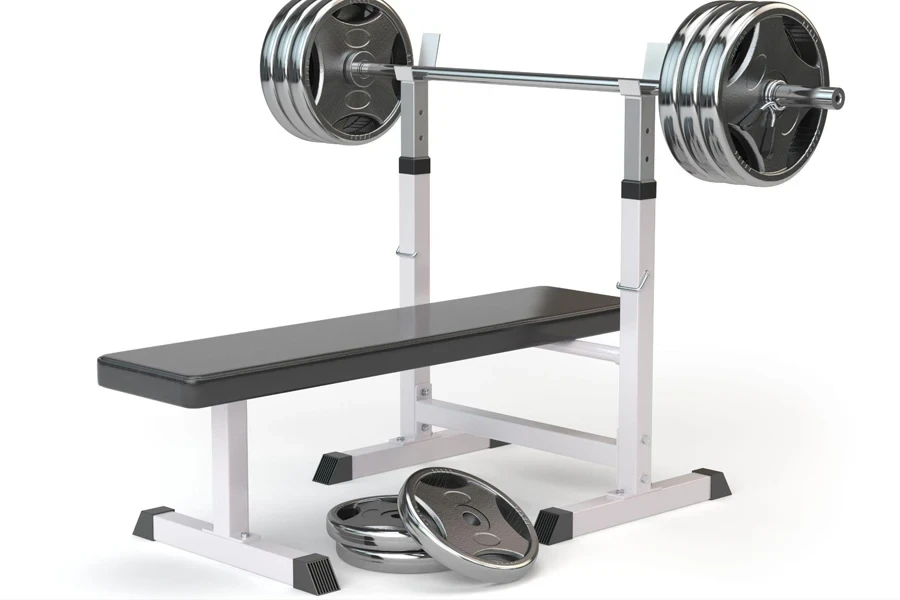
Durability hinges on the bench’s construction quality, with heavy-duty steel frames, particularly those made from 2″x3″ 11-gauge steel tubing, offering superior strength and rigidity. Benches with fully welded frames tend to outlast those assembled with bolts, which may loosen over time. The bench’s weight itself, heavier indicating sturdier construction, along with high-density foam padding and durable upholstery, contribute to the bench’s overall durability. Stability is also key, with wide legs and non-slip feet ensuring the bench remains secure during use. Opting for benches from reputable brands can further guarantee quality and durability, ensuring the bench withstands rigorous workouts over time.
Comfort and Padding
When it comes to comfort and padding on weight benches, the search results highlight a few key factors to consider:
Padding Thickness and Density
Thick, high-density foam padding (2″ or more) provides sufficient cushioning and support during exercises like bench presses. This helps reduce pressure points and improves comfort, especially during heavy lifts.
The padding should be firm enough to prevent excessive sinking or instability, but still have some give for comfort. Too much cushioning can cause misalignment issues.
Upholstery Materials
The most common upholstery materials are:
Vinyl/Synthetic Leather: Durable, easy to clean, and provides a grippy surface to prevent sliding during exercises.
Genuine Leather: Premium option that is long-lasting and has a nice look/feel, though more expensive.
The upholstery should have a textured, non-slip surface to allow your back and shoulders to grip the bench without sliding around.
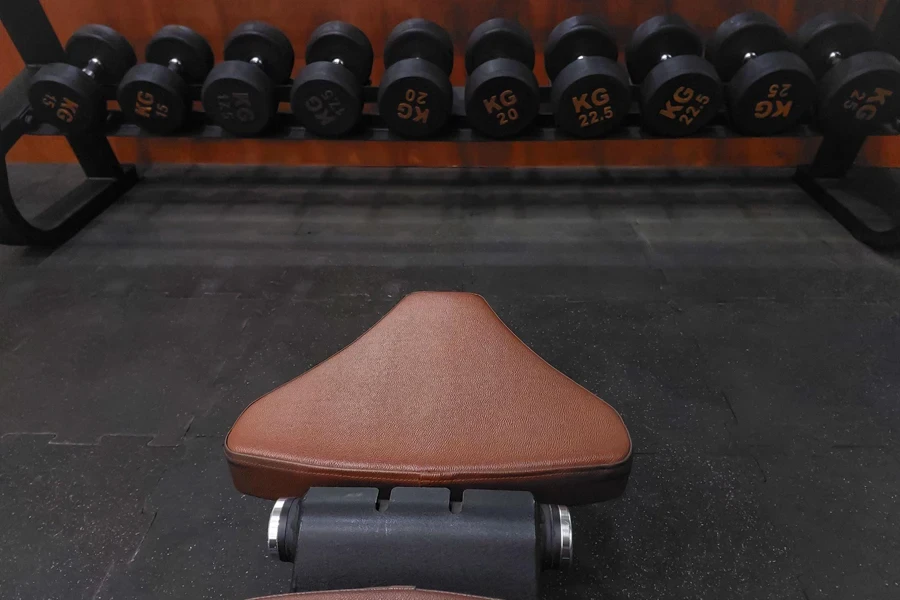
Supportive features
Lumbar Support: Some benches incorporate lumbar support pads or curves in the lower back area. This can enhance comfort during exercises by properly supporting the natural curvature of the spine.
Foot Rollers/Leg Support: Adjustable foot rollers or leg support pads help stabilize your legs and reduce strain during certain exercises like decline presses or sit-ups.
Size and Storability: Dimensions, Foldability, Space-Saving Designs
When looking for a weight bench that is space-efficient and storable, consider the following options:
1. Marcy Folding Standard Weight Bench (MWB-20100):
* Foldable design for easy storage and portability
* Adjustable seat and back pads with incline, decline, and flat positions
* Assembled dimensions: 68.75″L x 29.25″W x 63.75″H
2. Nike Rolling Weight Bench:
* Stores upright effortlessly
* Premium, durable TPU wheels and a vertical handle for easy maneuverability
* Bench dimensions: 18.2″ x 16.4″ x 48.9″
3. Hitosport Adjustable Weight Bench:
* Folds up to a compact 28 inches long, 17 inches wide, and 13 inches tall
* Seven incline options ranging from zero to near 90 degrees
* Measures 49 inches long, 17 inches wide, and is 20 inches tall when flat
4. REP Fitness AB-4100 Adjustable Weight Bench:
* Lightweight and maneuverable at only 85 lbs
* Built-in upright storage post with rubber coating to protect floors
* Bench dimensions: 51.3″L x 20.3″W x 17″H
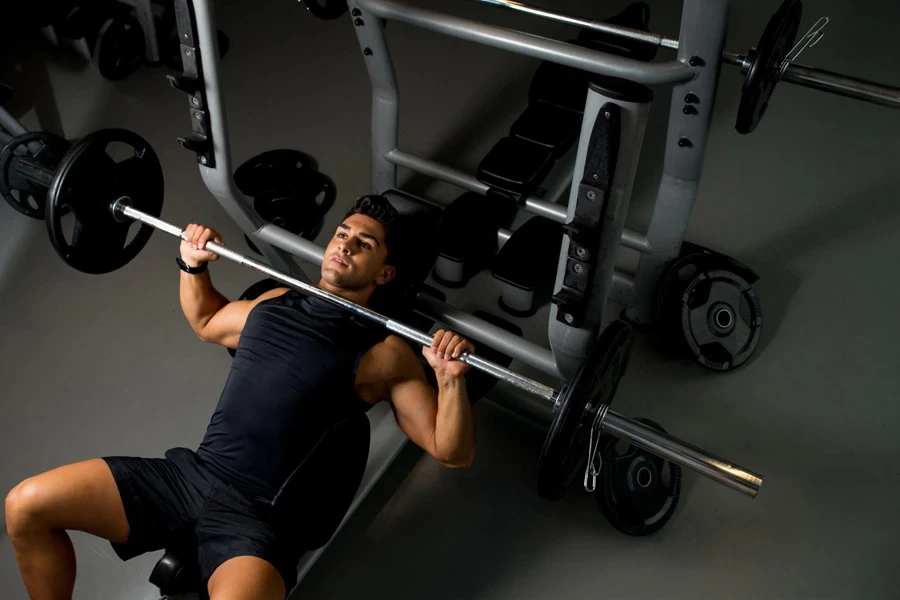
Conclusion
Investing in the right weight bench is a game-changer for your strength training journey. By considering factors such as bench type, adjustability, weight capacity, comfort, and brand reputation, retailers can help the customers make informed decisions that align with their fitness goals and preferences. With the perfect bench as the foundation, they’ll be well-equipped to take your strength to new heights and achieve remarkable results. We intend to assist the retailers to catch up with them and further help the consumers. If you want to see more on “Fitness & Bodybuilding” and other sports, please hit the “Subscribe” button.
